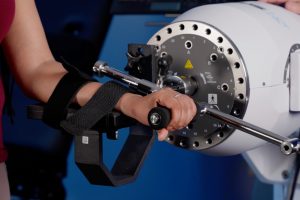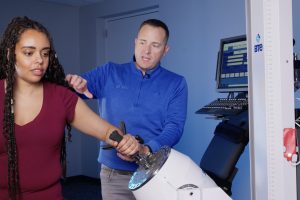-

Discover proven adaptive equipment solutions for occupational therapy that improve patient independence while ensuring insurance regulatory compliance.
-

Discover how to measure, test, and strengthen wrist flexion and extension using clinical tools, functional exercises, and targeted rehab protocols.
-

Discover a step-by-step shoulder dislocation rehab protocol designed to restore function, prevent re-injury, and guide your patients safely from initial evaluation to full return to activity.
-

Master your tennis performance with these expert-approved tennis exercises. Build strength, improve agility, and stay injury-free with these proven workouts.
-

Pinch strength plays a crucial role in daily tasks, from self-care to sports, yet it often goes unnoticed until weakness sets in. This article explores the importance of pinch strength, effective exercises to improve it, and advanced rehabilitation tools like the PrimusRS that enhance therapy outcomes.
-

Learn how to measure hand grip strength, track progress, and enhance therapy outcomes with personalized grip strength exercises. Enhance injury recovery, build strength, and help patients regain functional abilities with the PrimusRS' advanced grip strength testing and treatment protocols.
-

Explore the world of fun, effective, and evidence-based therapeutic gaming devices like you've never seen before. Discover how engaging exercises promote neuroplasticity and transform your hand therapy practice, featuring Q&A from our recent webinar with ASHT.





